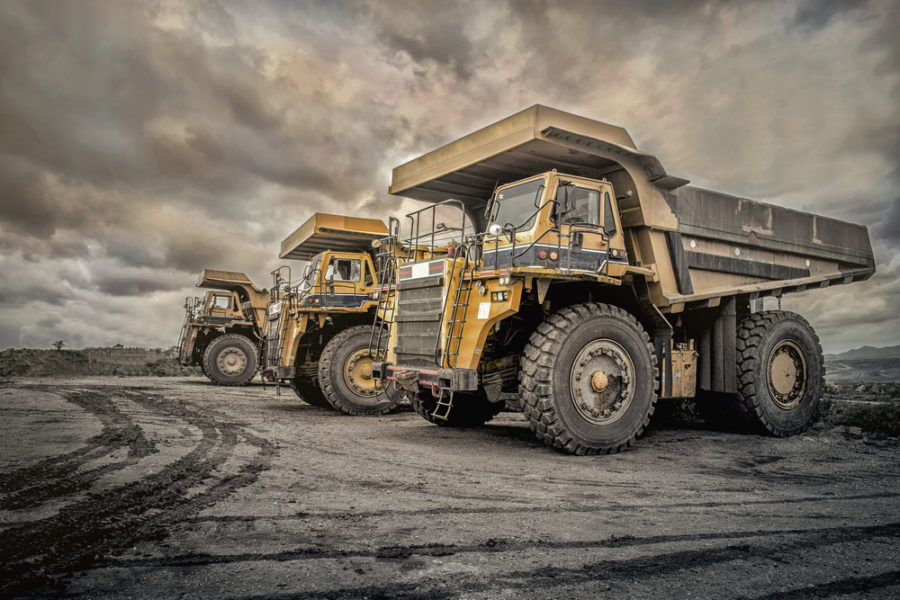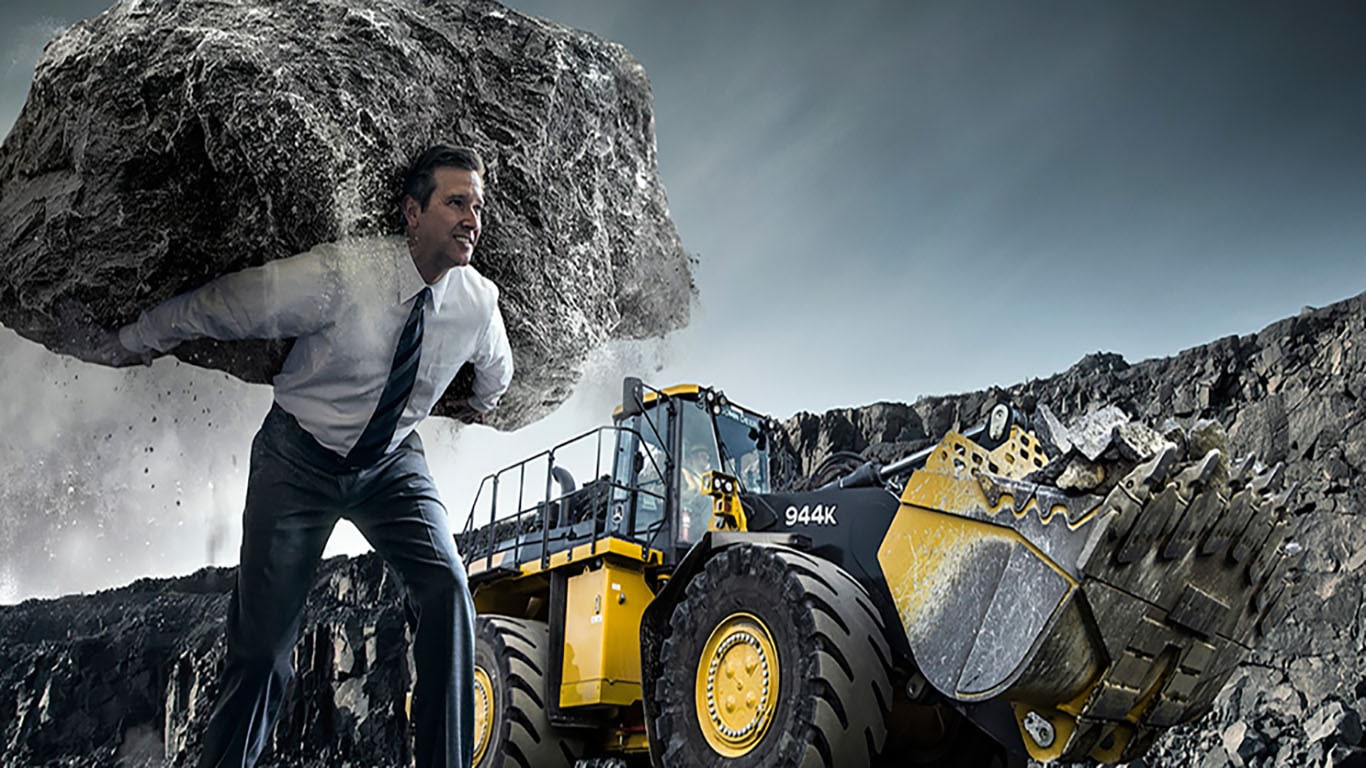Leasing Vs. Acquiring Building Devices: Making the Right Option for Your Task
When starting a building project, one of the critical decisions that project supervisors and stakeholders encounter is whether to lease or get building devices. Both options have their benefits and disadvantages, making the choice a pivotal one in the job planning procedure. The decision rests on various aspects such as price factors to consider, task period, devices upkeep, threat, flexibility, and scalability management. Each component plays an essential function in establishing one of the most suitable course for the project's tools demands. mini excavator rental. Allow's discover these elements even more to recognize just how they impact the decision-making process and ultimately the success of the task.
Cost Factors To Consider
When assessing the economic element of getting versus renting out building devices, the ahead of time expenses and lasting expenditures must be thoroughly considered. Renting devices frequently needs reduced initial payments compared to buying, making it an eye-catching choice for short-term jobs or service providers with budget restraints. Leasing eliminates the need for big funding expenses and decreases the financial threat connected with equipment possession, such as upkeep and depreciation expenses. Nevertheless, in the future, constantly renting tools can collect higher costs than purchasing, especially for prolonged projects.
On the other hand, getting building equipment includes greater in advance costs yet can lead to lasting savings, especially for constant customers or long-lasting tasks. Owning equipment provides versatility, ease, and the potential for resale value once the task is finished. Furthermore, possessing equipment allows for modification and familiarity with details machinery, potentially boosting performance and productivity on-site. Ultimately, the decision between purchasing and leasing building and construction equipment depends upon the job's duration, regularity of usage, budget factors to consider, and long-lasting monetary objectives.
Job Period

Alternatively, for long-term jobs or recurring construction work, getting equipment can be the a lot more economical choice. Buying devices can lead to set you back financial savings over time, especially if the equipment will be often made use of. In addition, owning equipment provides a feeling of control over its accessibility and enables customization to fit specific job needs.

Tools Maintenance
Given the important duty task duration plays in establishing one of the most affordable strategy in between renting out and buying building and construction tools, the emphasis now changes in the direction of analyzing the important aspect of devices maintenance. Proper upkeep is vital for making sure the optimum performance and long life of construction equipment. Leasing equipment commonly features the advantage of having well-maintained equipment offered by the rental firm. This can relieve the burden of maintenance tasks from the job owner or specialist, conserving time and initiative. On the various other hand, having tools needs a proactive strategy to upkeep to stop break downs, guarantee safety, and extend the tools's lifespan. Normal examinations, servicing, and timely repairs are essential to maintain owned devices in top working problem. Factor in upkeep expenses when making a decision between getting and renting out, as neglecting maintenance can bring about costly repair services, downtime, and job hold-ups. Eventually, a well-maintained building and construction tools fleet, whether rented or had, is vital for the successful and reliable completion of building and construction projects.
Versatility and Scalability
In the realm of construction devices management, the element of versatility and scalability holds substantial relevance for project performance and resource utilization. Choosing to rent construction equipment supplies a high level of versatility as it permits the quick adjustment of equipment types and amounts based on the developing needs of a project. Leasing allows specialists to access a large range of customized devices that may be needed for certain tasks without the long-term commitment of possession. This adaptability is particularly beneficial for tasks with differing demands or This Site unpredictable periods (dozer rental).
Moreover, scalability, an additional essential variable, is inherently linked to versatility. Renting building and construction tools offers the benefit of easily scaling procedures up or down as task demands vary. Service providers can promptly add or trade tools to match the job's changing requirements without the restrictions of possessing assets that may become underutilized or obsolete. This ability to range sources successfully can lead to price savings and improved project timelines, making renting a beneficial alternative for jobs calling for flexibility and responsive source appropriation.
Danger Management
Efficient danger administration in building and construction tools operations is vital to making sure job success and mitigating potential economic losses. Building tasks naturally include different risks, such as tools break downs, accidents, and project delays, which can dramatically influence the job timeline and spending plan. By carefully considering the risks connected with owning or renting out construction tools, job managers can make educated decisions to reduce these prospective risks.
Renting out building tools can use a degree of danger mitigation by transferring the responsibility of repair and maintenance to the rental firm. This can lower the monetary burden on the project owner in instance of unanticipated tools failings (scissor lift rental). Furthermore, renting supplies the adaptability to gain access to specialized devices for details task stages, reducing the danger of possessing underutilized equipment
On the other hand, owning construction devices gives a sense of control over its usage and upkeep. Nevertheless, this additionally implies birthing the full responsibility for repairs, upkeep expenses, and devaluation, enhancing the financial dangers connected with equipment possession. Cautious threat assessment and factor to consider of variables such as task period, devices application, and upkeep needs are crucial in determining one of the most appropriate option for reliable risk administration in construction projects.
Conclusion
In conclusion, when deciding between purchasing and renting building equipment, it is very important to consider expense, job duration, tools maintenance, threat, flexibility, and scalability monitoring. Each factor plays an important duty in establishing the most suitable option for the project available. By thoroughly examining these elements, task managers can make an informed choice that lines up with their budget plan, timeline, and general job goals.

Comments on “Scissor Lift Rental: Safe and Effective Solutions”